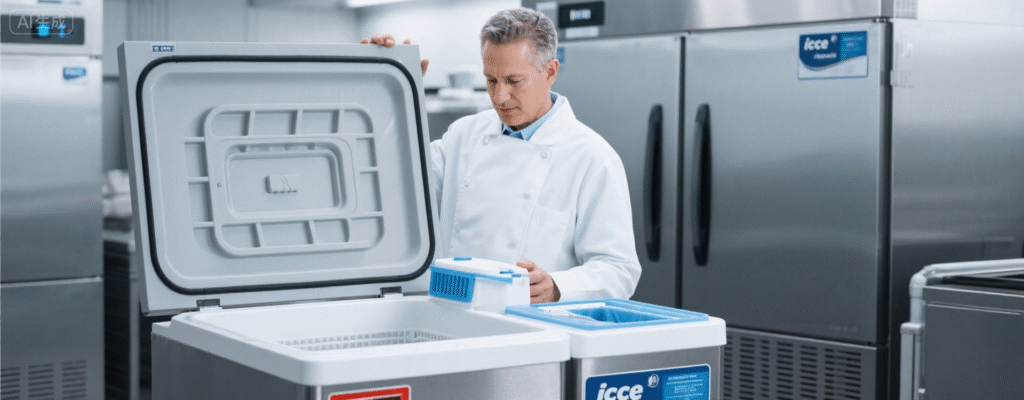For any food service or hospitality business, a reliable ice supply is non-negotiable. Choosing the right commercial ice maker machine is a critical decision that impacts operational efficiency, customer satisfaction, and the bottom line. This guide will explore the key factors in selecting a machine and the essential maintenance required to ensure its longevity and performance.
Selecting the Right Ice Maker for Your Business Needs
The “best” commercial ice maker isn’t a one-size-fits-all solution; it depends entirely on your specific operational demands. The first consideration is ice production and storage capacity. Production is measured in pounds of ice per 24 hours, while storage refers to how much ice the accompanying bin can hold. A small café might manage with a machine producing 100 pounds daily, but a high-volume bar or hotel, as highlighted in a 2022 National Restaurant Association report on operational benchmarks, will likely require a unit capable of 500 pounds or more to meet peak demand without running out.
Equally important is the type of ice the machine produces. Each shape serves a distinct purpose:
- Full Cubes: Dense and slow-melting, ideal for spirits and soft drinks where dilution is a concern.
- Half Cubes: A versatile choice for a wide range of beverages, from water to soda.
- Nugget Ice: Soft, chewable, and perfect for healthcare facilities, cocktails, and display cases as it molds around products.
Understanding these variables ensures you invest in a commercial ice machine that aligns perfectly with your daily workflow and service style.
Ensuring Longevity Through Proper Maintenance
Investing in a quality machine is only the first step; proactive maintenance is the key to protecting that investment. The primary enemy of any ice maker is scale buildup from mineral deposits in the water supply. According to a study by the National Sanitation Foundation (NSF) in 2019, scale accumulation can reduce efficiency by up to 25% and lead to costly component failure. Implementing a regular descaling schedule, as recommended by the manufacturer, is non-negotiable for maintaining energy efficiency and production speed.
Beyond descaling, a comprehensive maintenance routine includes:
- Cleaning the air filter and condenser coils: Dirty coils force the compressor to work harder, increasing energy consumption and the risk of a breakdown.
- Inspecting and replacing water filters: This simple step not only improves ice clarity and taste but also significantly reduces scale-forming minerals.
- Sanitizing the ice-making mechanism and storage bin: Regular sanitation prevents the growth of mold, bacteria, and slime, ensuring food safety compliance.
Adhering to a strict maintenance schedule will maximize the lifespan of your ice maker machine and prevent unexpected, expensive downtime.
Selecting the ideal commercial ice maker requires a careful analysis of your business’s production needs and preferred ice type. Once installed, the machine’s reliability and efficiency are wholly dependent on a consistent and thorough maintenance regimen to combat scale and ensure hygiene. By making an informed purchase and committing to its upkeep, you secure an uninterrupted ice supply, which is fundamental to the smooth and profitable operation of your business.
